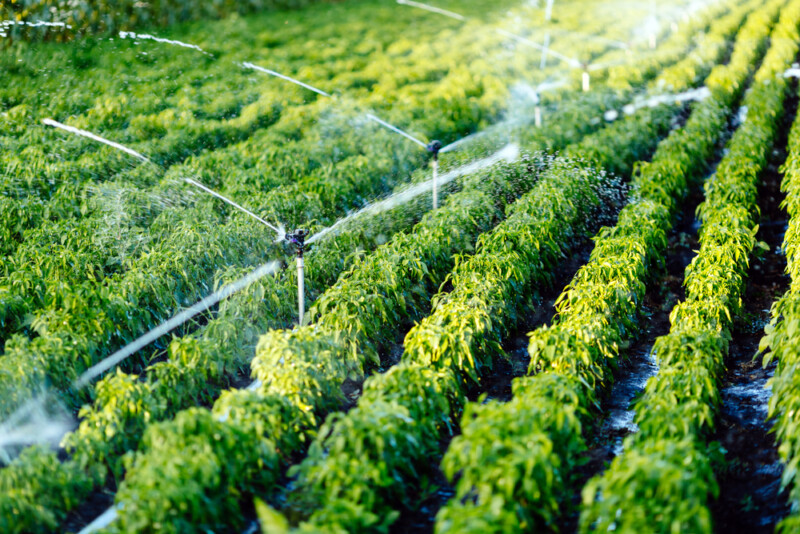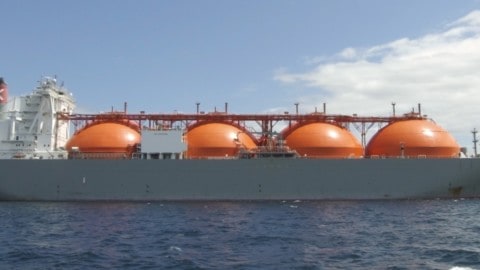A $15 million Gippsland Water construction project to connect the central and western Gippsland water basins has recently been completed, bolstering water security to the growing region.
Member for Eastern Victoria, Harriet Shing, said the completion of the Moe-Warragul Interconnect is a significant milestone in securing the region’s water supply – now and into the future.
“Completion of the Moe-Warragul Interconnect marks a major achievement in the delivery of the Victorian Government’s Water for Victoria plan and is an important part of our long-term plan for west Gippsland’s water supplies,” Ms Shing said.
“The pipeline is a hugely important project for one of our fastest-growing areas, providing west Gippsland residents with greater water certainty, amid climate change and rapid population growth.”
Made up of connecting pipelines and pump stations, the Interconnect can now transport water in either direction between Moe and Warragul, linking the Latrobe and Tarago systems.
The project has made the network more resilient to climate change and population growth, and is a step towards improving the long-term water supply security for Warragul and Drouin.
Completed in stages, the major project involved the construction of a 6.3km pipeline between Yarragon and Darnum; an 8.3km pipeline between Darnum and Warragul; new booster pumps at Darnum; and a new pump station at Trafalgar West.
Construction on the project commenced in 2010, with the final stage completed in early 2020.
Gippsland Water Board Chair, Therese Ryan, said, “The completion of the Moe-Warragul Interconnect pipeline is the culmination of ten years’ work and $15 million worth of investment into securing our region’s future water supplies.
“This is a great win for the community with the pipeline creating a vital link between the Tarago and Latrobe systems, enabling us to move water in each direction and provide increased reliability for our customers.”
This project aligns with the Victorian Government’s goals to further develop the water grid across the state – to improve security of supply and meet the challenges of population growth and climate change.
















